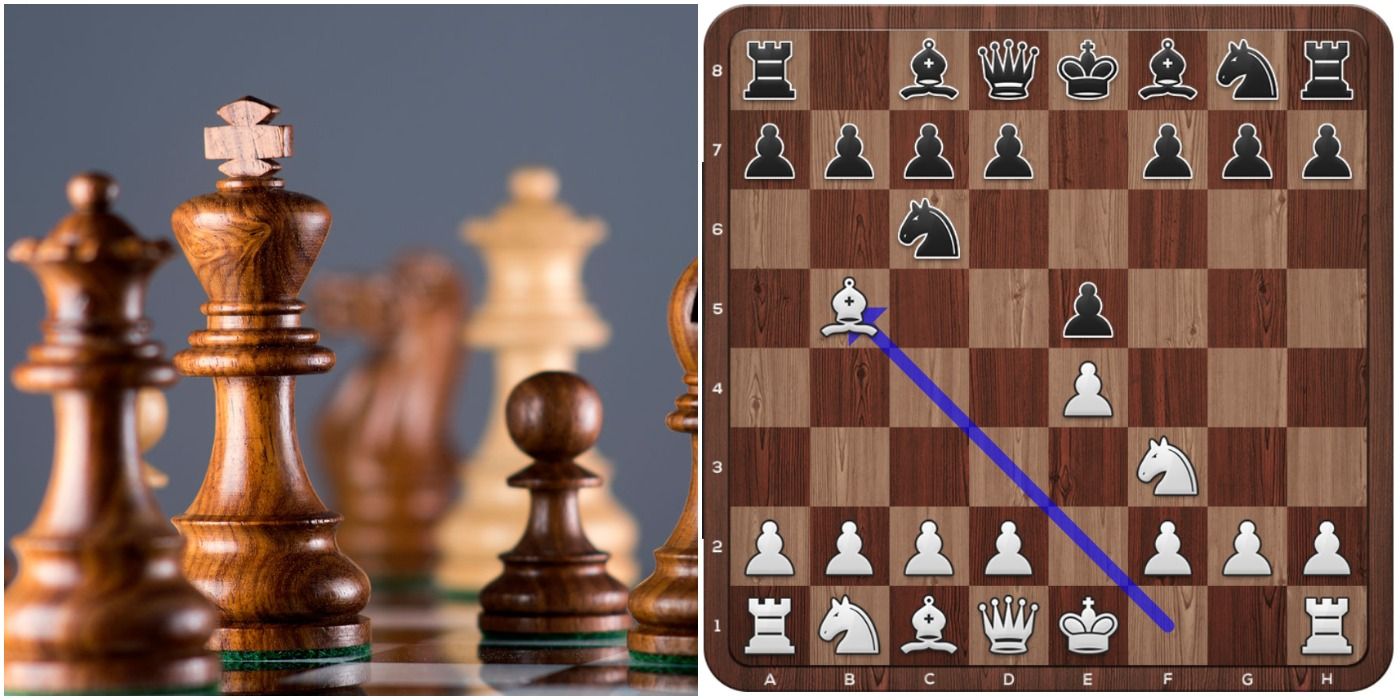
It will also give you insight into dealing with it as White if you play 1.e4, as the French is one of the most common defenses against 1.e4. You’ll learn much about pawn breaks and pawn structure, fighting for the center, attacking on the wings, and improving pieces. Second, the French Defense teaches many fundamental chess principles very well. In fact, it’s the preferred response to 1.e4 for many legendary players past and present – Mikhail Botvinnik, Viktor Korchnoi, Tatev Abrahamyan, and Georg Meier just to name a few! If you play the French Defense and like it, you can easily stick with it your entire chess career. First of all, it’s a very solid and challenging opening against 1.e4 (the most common first move). The French Defense is a great opening for beginners for many reasons. And indeed, each opening consists of a few, if not many possible variations.īut don’t worry! With this guide, you’ll get a list of 10 openings you should know that will equip you well for all the scenarios outlined above – study these, and you’ll be much more prepared than the majority of chess players! #1 – The French Defense That last one, the opening for White, is a bit more complicated because you’ll have to deal with a wide range of defenses from Black. An opening to play as White (whether you’re a 1.d4 or 1.e4 player – since this is a beginners’ guide, we won’t cover 1.c4 and 1.Nf3).An opening to play as Black against 1.Nf3.An opening to play as Black against the 1.c4.


The nice thing about chess openings is that with some study and practice, it’s not too difficult to play the first few moves of a game exactly like a grandmaster would – giving up zero advantages to your opponent and heading into the rest of the game completely equal or better.īut there are so many openings to choose from. You don’t want to enter the middlegame hobbled with some handicap you incurred in the opening, only to be cursed with it for the rest of the game!

Not only is it possible to lose a game in less than 10 moves (think of Scholar’s Mate), but the moves you make in the opening set the course for the rest of the game. As a chess player, you have to know your openings.


 0 kommentar(er)
0 kommentar(er)
